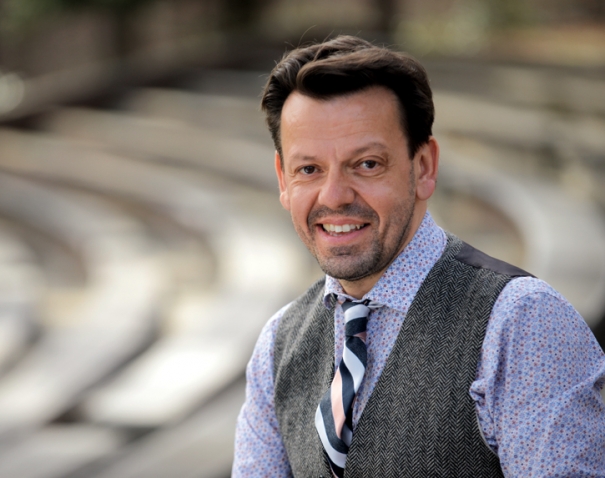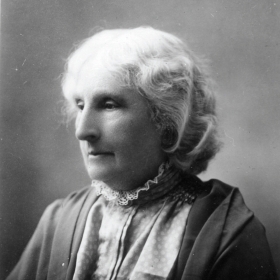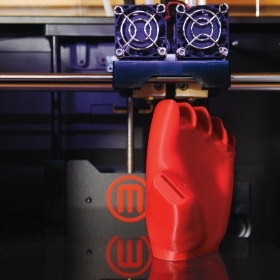Senior lecturer in theatre studies Diego Arciniegas likes to “provoke students” by telling them acting is not a creative art. “Of course, the work involves extraordinary creativity,” he says, “but acting is an interpretive art. It is more praxis than poeisis.”
That perspective is almost as surprising as Arciniegas’s encapsulation of the most important lessons he learned while training in Britain, in continental Europe, and at Williams College as a young actor: “shame management” and “thinking, speaking, breathing, feeling, and sometimes walking at the same time.”
The funny thing is, those lessons must be relearned constantly, he says.
Willingness to keep learning has contributed to his success both on stage—he has received a prestigious Elliot Norton Award and two Independent Reviewers of New England awards for outstanding actor—and at Wellesley, where he has taught in the Theatre Studies Department since 1996. Over the years, Arciniegas has nurtured understanding in students by becoming “more provocative” in the classroom—that is, helping them explore how instinct and feeling inform decision-making.
“Some people think actors fake emotions they don’t truly feel,” he explains. “The opposite is true. An actor is someone who puts naturally occurring emotion to the service of text and performance.”
Arciniegas teaches in a studio format, where scenes are performed during each class. “There is a big difference between understanding something analytically and understanding it with your whole body,” he says.
To elucidate his point, Arciniegas uses the analogy of digital modeling, explaining that when actors perform a piece, they are taking text in its two-dimensional form—the written page—and creating a four-dimensional virtual model to be walked through and experienced in real time. Details not readily apparent from the blueprint reveal themselves over the course of the experience.
Creative practice applies to more than just acting, says Arciniegas, who was artistic director of the Publick Theatre, Inc., Boston’s oldest resident theater company, for a decade. That experience broadened his perception of “making art” from working in a rehearsal hall to managing a business whose purpose is to create art. It also reinforced that there are many kinds of creativity.
Arciniegas hopes his students have a similar experience, discovering how relevant performance work is to their own life learning. “Understanding creative discovery and its necessary preconditions—emotional and otherwise—is as important for the laboratory scientist as it is for the artist,” he says. “The artist might wade through murkier water, but there is still a science to it.”








We ask that those who engage in Wellesley magazine's online community act with honesty, integrity, and respect. (Remember the honor code, alums?) We reserve the right to remove comments by impersonators or comments that are not civil and relevant to the subject at hand. By posting here, you are permitting Wellesley magazine to edit and republish your comment in all media. Please remember that all posts are public.